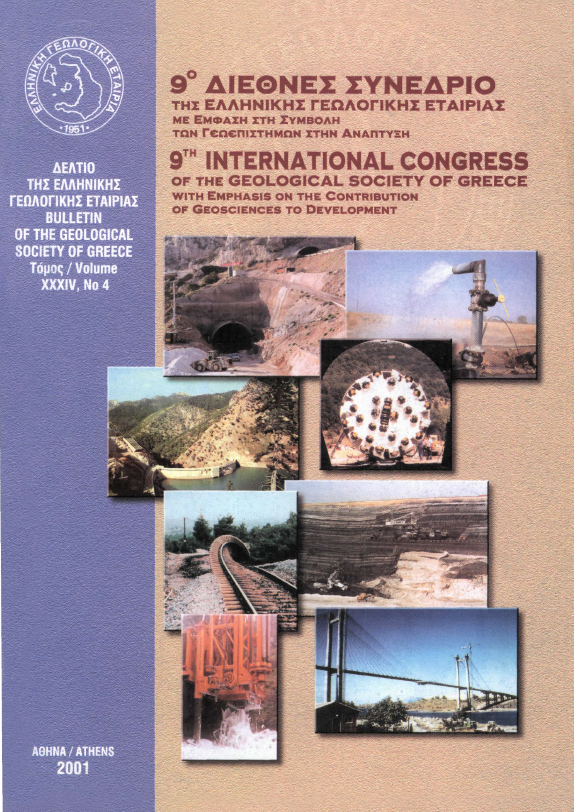The Markov model as a pattern for earthquakes recurrence in South America

Abstract
The well known stochastic model of the Markov chains is applied in south America, in order to search for pattern of great earthquakes recurrence. The model defines a process in which successive state occupancies are governed by the transition probabilities pij, of the Markov process and are presented as a transition matrix say P, which has NxN dimensions. We considered as states in the present study the predefined seismic zones of south America. Thus the visits from zone to zone, which is from state to state, carry with them the number of the zone in which they occurred. If these visits are considered to be earthquake occurrences we can inspect their migration between the zones (states) and estimate their genesis in a statistical way, through the transition probabilities. Attention is given in zones where very large earthquakes with Ms>7.8 have occurred. A pattern is revealed which is suggested migration of these large shocks from south towards north. The use of Monte Carlo simulation verify the defined pattern.
Article Details
- How to Cite
-
TSAPANOS, T. M. (2001). The Markov model as a pattern for earthquakes recurrence in South America. Bulletin of the Geological Society of Greece, 34(4), 1611–1617. https://doi.org/10.12681/bgsg.17270
- Section
- Seismology

This work is licensed under a Creative Commons Attribution-NonCommercial 4.0 International License.
Authors who publish with this journal agree to the following terms:
Authors retain copyright and grant the journal right of first publication with the work simultaneously licensed under a Creative Commons Attribution Non-Commercial License that allows others to share the work with an acknowledgement of the work's authorship and initial publication in this journal.
Authors are able to enter into separate, additional contractual arrangements for the non-exclusive distribution of the journal's published version of the work (e.g. post it to an institutional repository or publish it in a book), with an acknowledgement of its initial publication in this journal. Authors are permitted and encouraged to post their work online (preferably in institutional repositories or on their website) prior to and during the submission process, as it can lead to productive exchanges, as well as earlier and greater citation of published work.


